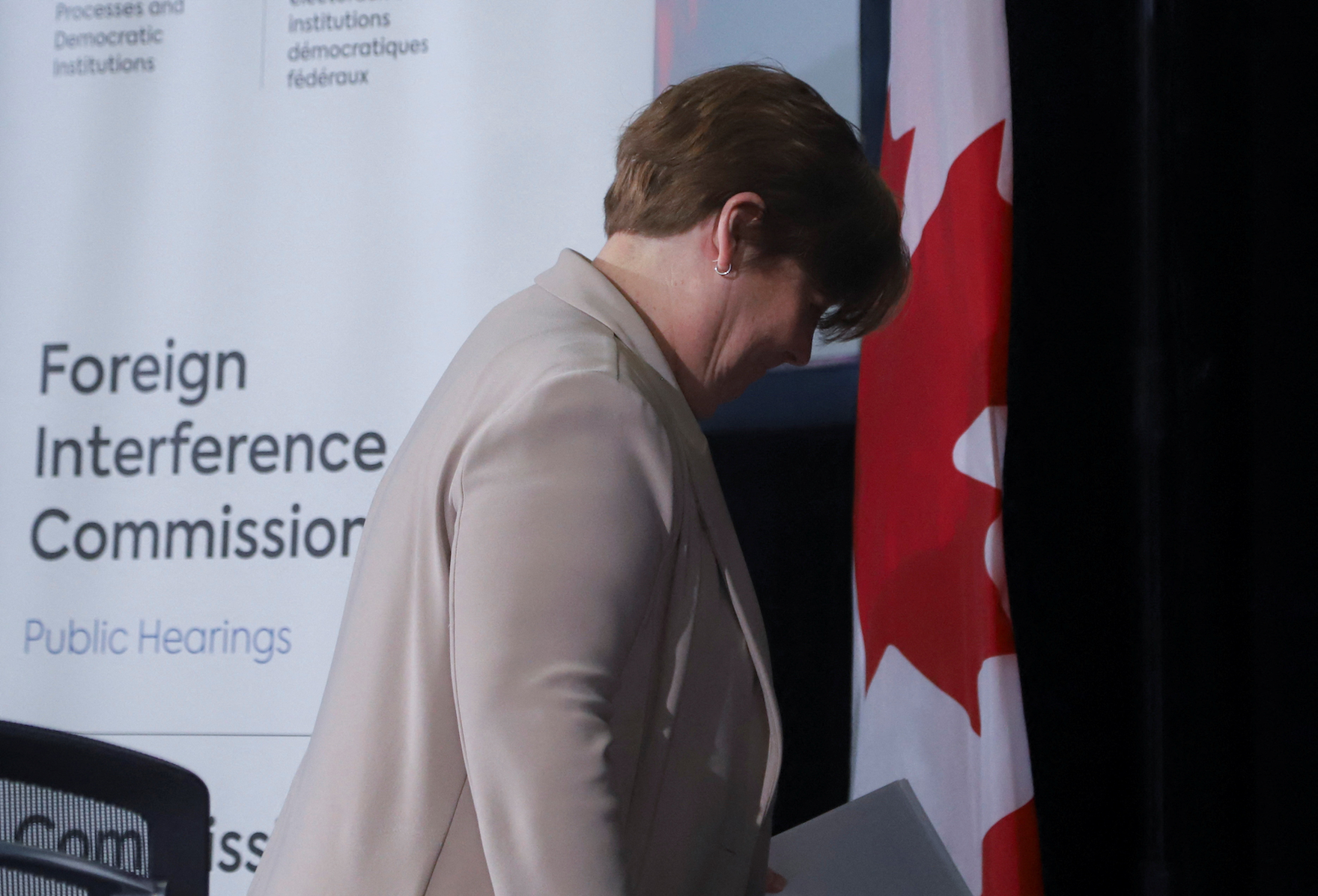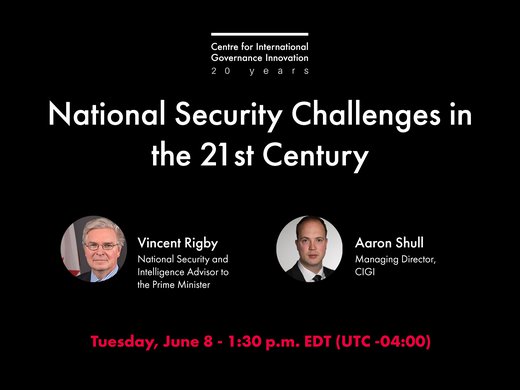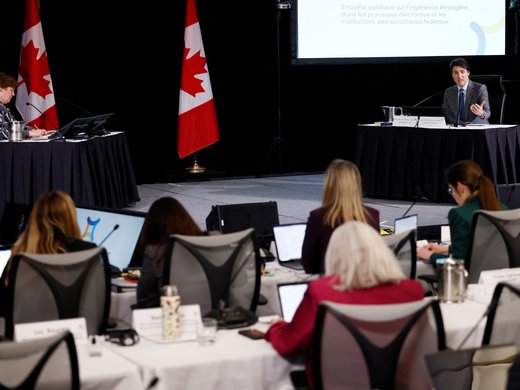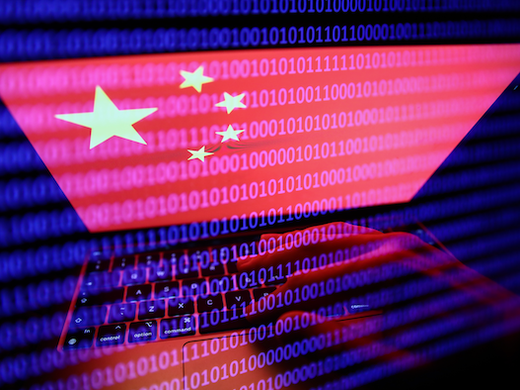The findings of the 16-month public inquiry into foreign interference in Canada’s elections and democratic processes, released on January 28, threaten to be swallowed up by the urgencies surrounding a suddenly fraught Canada-US relationship.
One way to make sure this doesn’t happen is to be clear about the ways in which the inquiry weaves two major threads between past foreign interference activities and future threats, with implications for dealing with an antagonistic, America-First administration headed by Donald Trump.
The first thread involves the inquiry’s critique of past failures by the Canadian government to be sufficiently transparent and to engage in useful communications about the foreign interference threat with Canadians. Keeping Canadians in the dark bred many bad outcomes, in the view of Commissioner Marie-Josée Hogue, including undermining the faith of some in the integrity of our democratic system for no good reason.
It is no stretch to say that the current government (and the one that follows it) could easily and dangerously fall into the same trap of too much secrecy and silence over approaches to Canada-US relations, with potentially the same undermining effect.
The Canadian government will need to get very good, very fast at providing a clear, evidence-based picture of the nature of our security partnership with the United States, including its many moving parts, whether with respect to NORAD (the North American Aerospace Defense Command), intelligence sharing, border security, the long-fostered interoperability of our militaries or the interconnectedness of the defence-industrial base in both countries. The prime minister’s press conference on February 2 — warning of Canadian counter-tariffs and reminding both a domestic and US audience of some facts about Canada’s alliance contributions and border security — was a good start, but only that. Without sustained transparency and an effective communications strategy, Canada could fall prey to a tsunami of misleading US claims.
This leads us to the second connecting thread between past and future dangers of foreign interference. The inquiry’s final report warned of the explosion of state-sponsored disinformation in the social media space in particular, calling it an “existential” threat to our democracy.
Disinformation is an attack vector of foreign interference. Consider the alignment in definitions. The inquiry drew on the Canadian Security Intelligence Service Act to define foreign interference as involving “clandestine, deceptive or threatening activity by a foreign state, or those acting on a state’s behalf, that is detrimental to the interests of Canada.” It used the Canadian Securities Exchange/Canadian Centre for Cyber Security definition of disinformation as involving “false information that is intended to manipulate, cause damage, or guide people, organizations and countries in the wrong direction.”
The foreign interference inquiry drew attention to the activities of the People’s Republic of China and India as the two most prominent threat actors to Canada and Canadians and described both countries as users of disinformation campaigns to achieve their objectives. Nowhere in the inquiry’s report do we come across any mention of the United States as a source of disinformation threats. Admittedly, Trump’s election victory came at the very end of the life cycle of the inquiry; the notion that the United States might rank among the leading perpetrators of foreign interference targeting Canada would have been seen as wild-eyed when the commission began its work in September 2023.
The attention paid to disinformation by the inquiry is one of its greatest strengths. But does that attention translate into recommendations that might serve as guidance in the new age of Trumpian tariff threats and high-volume, anti-Canadian information operations?
The answer is a bit of yes and much no. On the yes side, one of the most important recommendations is to urge the creation of a government open-source intelligence unit to monitor for “misinformation and disinformation that could impact Canadian democratic processes” (recommendation 11). Such an open-source intelligence entity would be able to turn its attention to US foreign interference in the Canadian information space and the actions of major social media platforms such as Elon Musk’s X. Monitoring could provide the evidentiary basis for public warnings, selective counter-narratives or diplomatic pushback.
But on the no side, there is not much depth or likely traction in other recommendations, whether they involve efforts to require news and social media organizations to label altered content (generated by artificial intelligence and the use of deep fakes) or the suggestion that someone could come up with a “publicly available tool to help citizens verify whether digital content is fabricated or altered.” A disinformation magic wand!
The twin lessons of the foreign interference inquiry are probably not what anyone expected at the outset of its investigations — enhance government transparency about national security threats and focus on disinformation. But even if the inquiry doesn’t have many answers for the age of Trump 2.0, it does point the way forward, as foreign interference takes another, potentially nasty, turn.
This piece first appeared in The Line.



